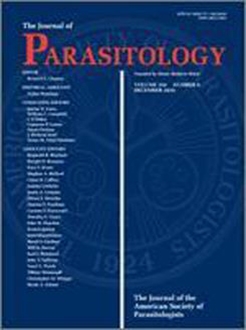Echinostomiasis is prevalent in southeastern as well as northeastern Asian countries. This endemicity notwithstanding, no echinostome egg has as yet been reported by paleoparasitological studies conducted in Asian countries. Recently we analyzed geological-strata specimens retrieved from the ancient capital city of the Baekje Kingdom to uncover clues to the possible prevalence of echinostomiasis among contemporaneous populations of Korea. By means of archaeoparasitological technique, we found ancient Isthmiophora hortensis eggs in the specimens, thus revealing for the first time that ancient Korean people experienced isthmiophoriasis. Our report can be considered to have effectively broadened the spatial and temporal scope of research on echinostomiasis in human history.
How to translate text using browser tools
25 February 2020
Ancient Echinostome Eggs Discovered in Archaeological Strata Specimens from a Baekje Capital Ruins of South Korea
Min Seo,
Sang-Yuck Shim,
Hwa Young Lee,
Yongjun Kim,
Jong Ha Hong,
Ji Eun Kim,
Jong-Yil Chai,
Dong Hoon Shin
ACCESS THE FULL ARTICLE

Journal of Parasitology
Vol. 106 • No. 1
January 2020
Vol. 106 • No. 1
January 2020
Ancient Parasite
archaeoparasitology
Isthmiophora hortensis
South Korea




